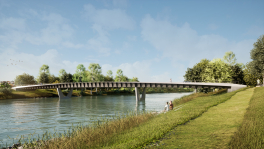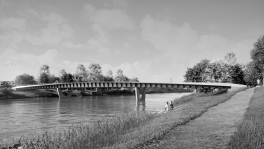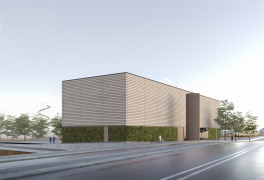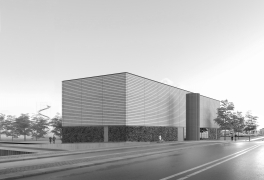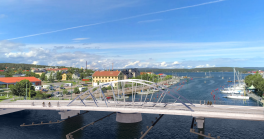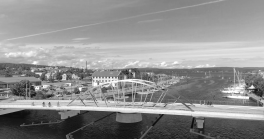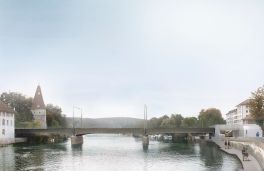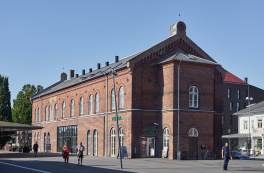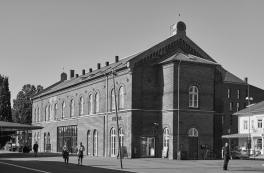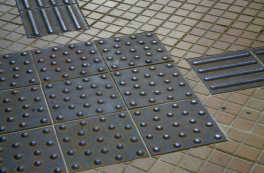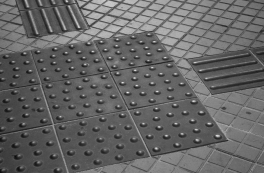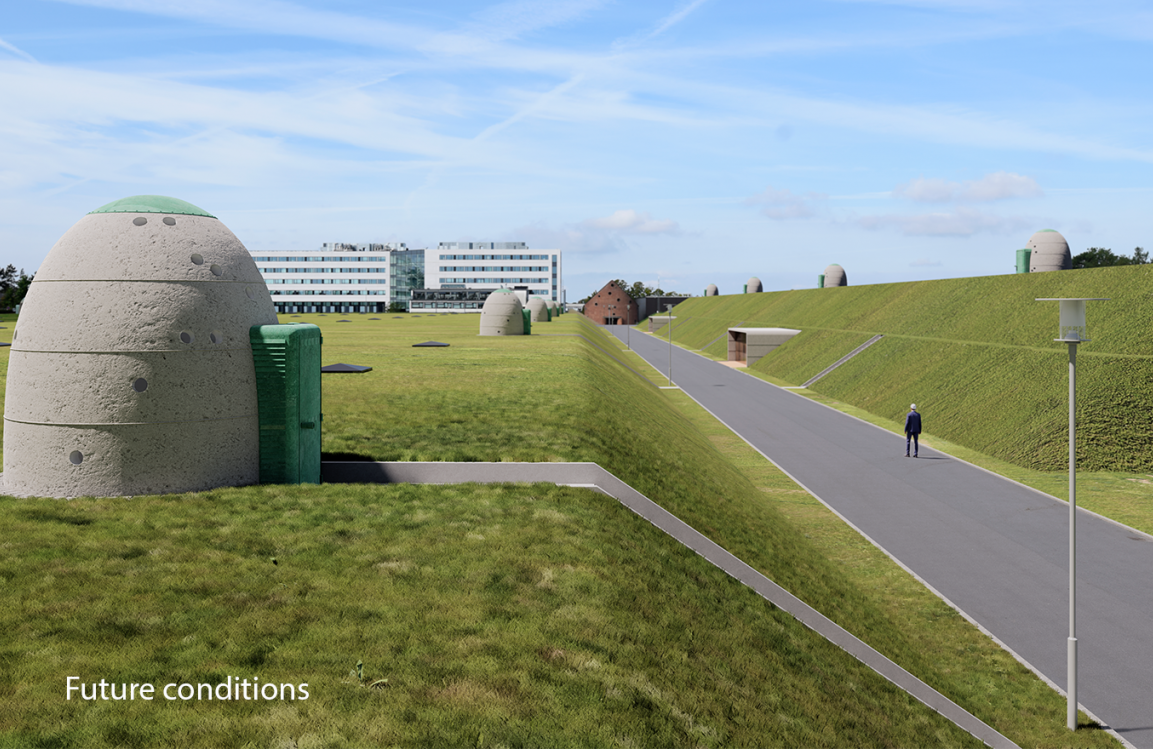
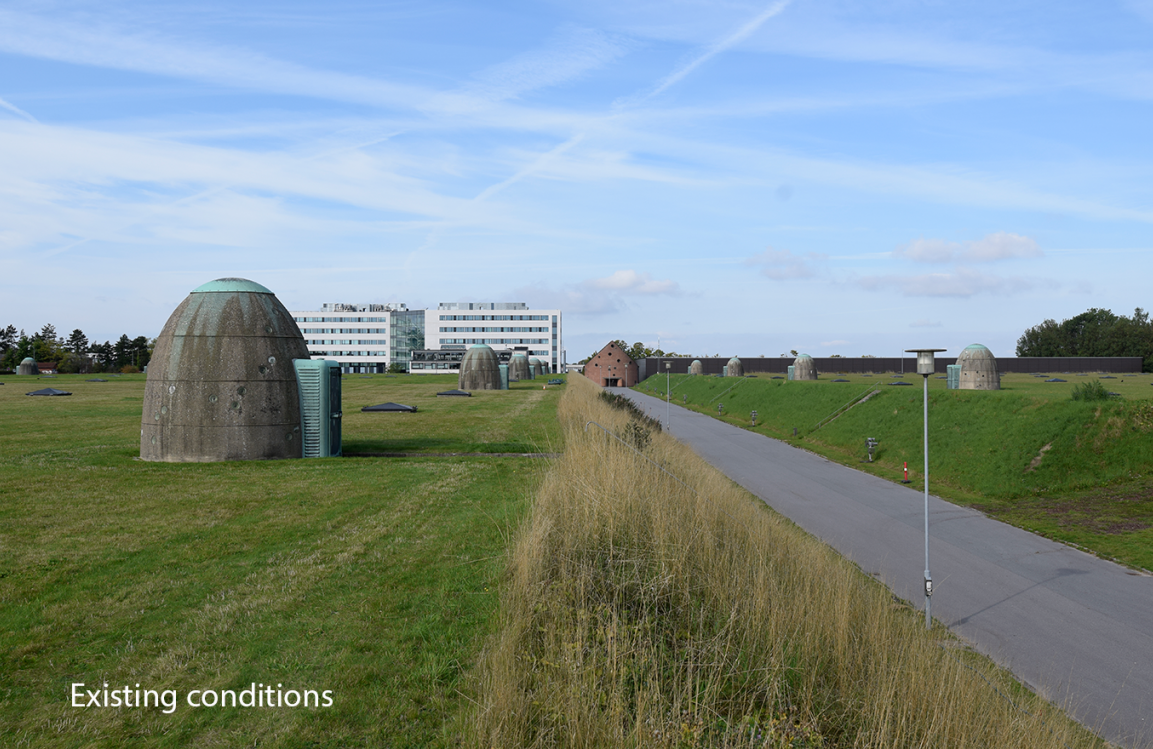
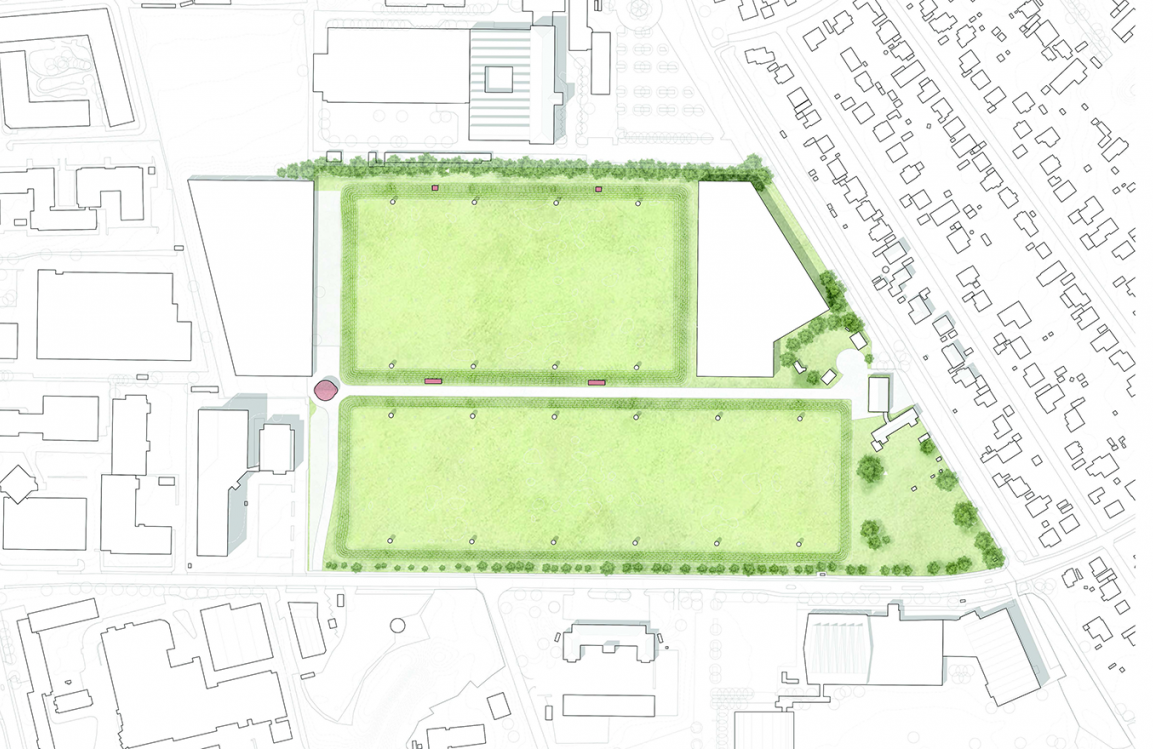
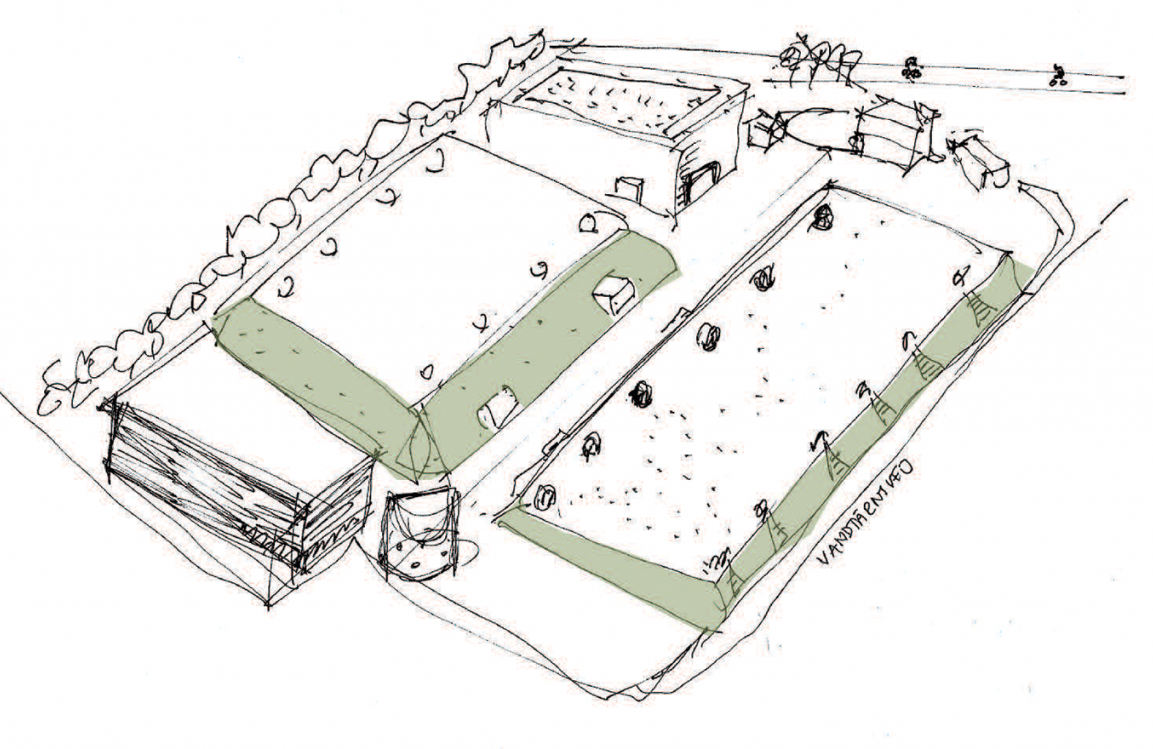
Tinghøj Water Reservoir Systems
HOFOR wishes to modernize the listed Tinghøj Water Reservoir Systems with a focus on ensuring the plant's continued functionality, environment and safety as well as preserving the cultural and historical values of the plant’s heritage. Gottlieb Paludan Architects has carried out an architectural analysis and valuation of the historic water reservoir systems and prepared a prospectus as a basis for approval of the modernization by the Danish Agency for Cultural Heritage and the Special Building Inspectorate.
The TinghøjWater Reservoir Systems, built in 1931-35 in Gladsaxe, is Denmark's largest waterworks and plays a critical role in the supply of water to Copenhagen. The reservoir stores clean drinking water from HOFOR's waterworks, which is consumed unevenly and with great variability, and distributes it to the citizens of the capital. The facility is in a state of disrepair, which is why the Capital Region's utility company, HOFOR, has chosen to modernize as much of the listed building as possible and install a newly built reservoir facility that meets today's requirements for drinking water safety, security of supply and working environment, among other things.
The oldest reservoir systems are now 90 years old and have a very limited remaining life. As a result, HOFOR has experienced a rapidly increasing number of leaks over the last 10 years, resulting in serious water quality problems from the reservoir system and a threatened water supply to Copenhagen, as many reservoirs have been out of service. In addition, the reservoir systems does not meet today's work environment requirements, because of cramped conditions, inadequate escape routes, high steps, heavy lifting up and down spiral staircases and poor lighting.
The water facility consists of 10 water tanks and 20 drop towers and was listed in 1999. The reason for the listing is the architectural and cultural heritage values of the plant, designed by architect Ib Lunding, which will be continued in the modernized reservoir systems. Each of the reservoir system’s decaying- and ventilation towershas small circular windows placed irregularly in the concrete cap and each of them illustrates a constellation. The individual buildings thus have its own architectural expression in the form of decoration in an otherwise robust and technical installation.
HOFOR, in cooperation with the Ministry of Culture, has chosen one of the three solutions proposed by Gottlieb Paludan Architects, which preserves the security of supply and part of the listed building stock. The solution allows for the modernization of one half of the reservoir in order that HOFOR can store water safely in the future and in accordance with today's requirements for the storage of drinking water.
In order to modernize the existing reservoir, it is necessary to add an upper level to the northernmost plateau for regular inspection of the covered reservoirs and to add smaller structures in the form of level accesses located in the grassed slopes.
For the proposed solution to continue the high architectural value of a modernized facility, materials and details must reflect the architectural language already used. The new building bodies should be designed with a focus on high detailing and using materials that mirror the existing detailed solutions. Material choices should be made with an eye towards a patination and robustness that speaks to the existing buildings in character and surface.
Based on the robust character of the facility and the high demands on functionality and safety, Gottlieb Paludan Architects' design realizes that the facility can continue to function through a transformation and that both the cultural and listing values can be recognized in the project.

